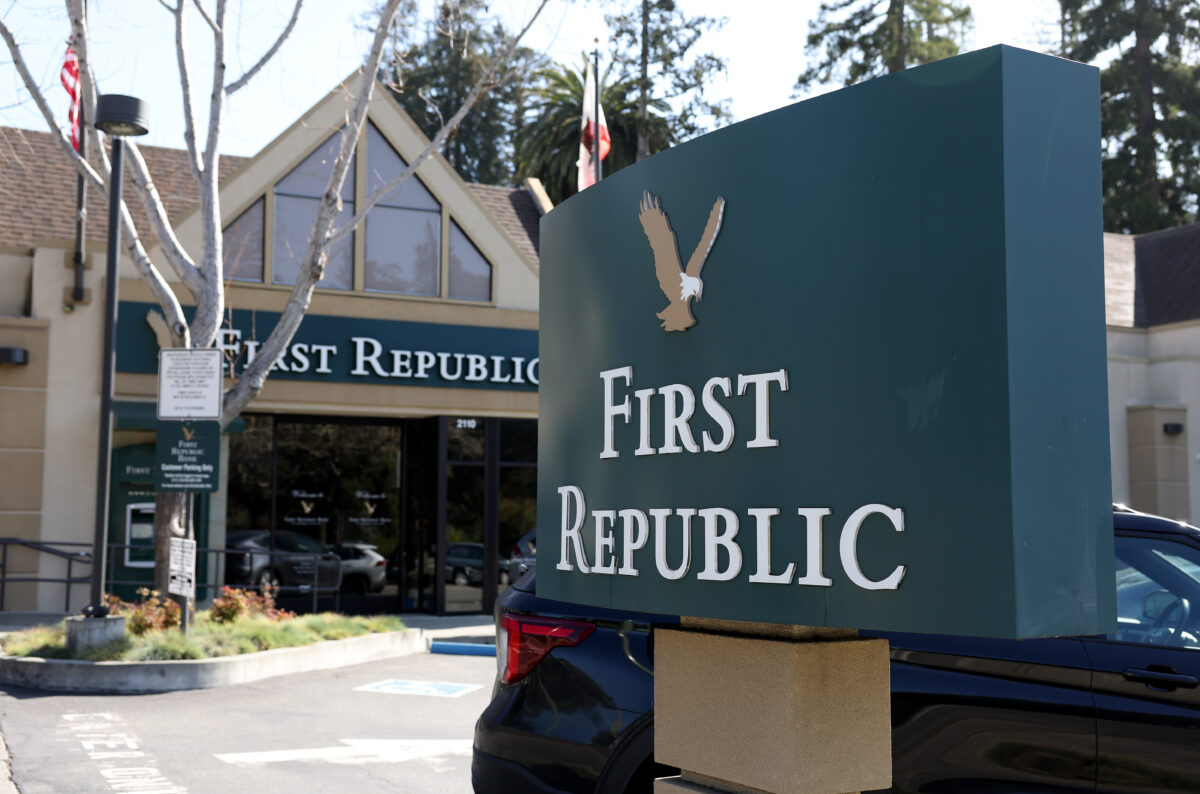


Former First Republic CEO, Michael Roffler, testified before House lawmakers on Wednesday, revealing that his bank fell victim to the widespread panic that ensued following the collapse of Silicon Valley Bank on March 10 and Signature Bank two days later. The events that unfolded as a result were beyond their control, he said.
“No one at First Republic could have predicted the collapse of Silicon Valley and Signature, the speed at which it happened, or the impact it had on the banking industry,” Roffler said before the House Subcommittees on Financial Institutions and Monetary Policy and Oversight and Investigations.
These were the first public remarks made by the former chief executive since regulators seized First Republic on May 1, marking the nation’s second-largest bank failure since the 2008 financial crisis. JPMorgan Chase then acquired the majority of First Republic’s operations.
Roffler was joined by former Silicon Valley Bank CEO Greg Becker and former Signature Bank Chairman Scott Shay, who testified on Tuesday before the Senate Banking Committee. Regulators seized Signature Bank on March 12.
The three have largely avoided taking responsibility for their own banks’ failures and blamed events they said were out of their control.
“First Republic was contaminated overnight by the contagion that spread from the unprecedented failures of those banks,” Roffler said. “Over the course of the ensuing weeks, over $100 billion in deposits were withdrawn from the bank.”
The former CEO assured lawmakers that prior to the chaos in March, the bank was in a solid financial position, with no regulators expressing concern over its strategy, liquidity, or management.
“First Republic’s financial position and strategy were regularly reviewed by our regulators, the California Department of Financial Protection and Innovation and the Federal Deposit Insurance Corporation (FDIC),” Roffler said. “Neither regulator expressed concern regarding First Republic’s strategy, liquidity, or management performance. Just the opposite.”
At the start of the difficulties, 11 large U.S. banks infused First Republic with $30 billion, but the bank ultimately was seized by JPMorgan Chase at the behest of the FDIC on May 1.
“Despite herculean efforts by my incredible colleagues at First Republic … investor and depositor confidence never recovered,” Roffler said.
According to Roffler, First Republic had communicated to investors that the Federal Reserve’s efforts to combat inflation would make 2023 a challenging year.
Roffler also blamed media—both traditional and social—along with technological advancements that enable depositors to withdraw funds almost instantly, for exacerbating the situation.
According to him, on March 9, First Republic experienced a surge in deposits from clients. Yet, the landscape drastically shifted the following day when regulators seized Silicon Valley Bank.
This abrupt turn of events sparked a “run on First Republic,” compounded by negative attention from short sellers and social media platforms. According to Roffler, depositors withdrew $40 billion on March 13 alone and over $100 billion in the subsequent weeks, ultimately outweighing the $30 billion injection in March.
